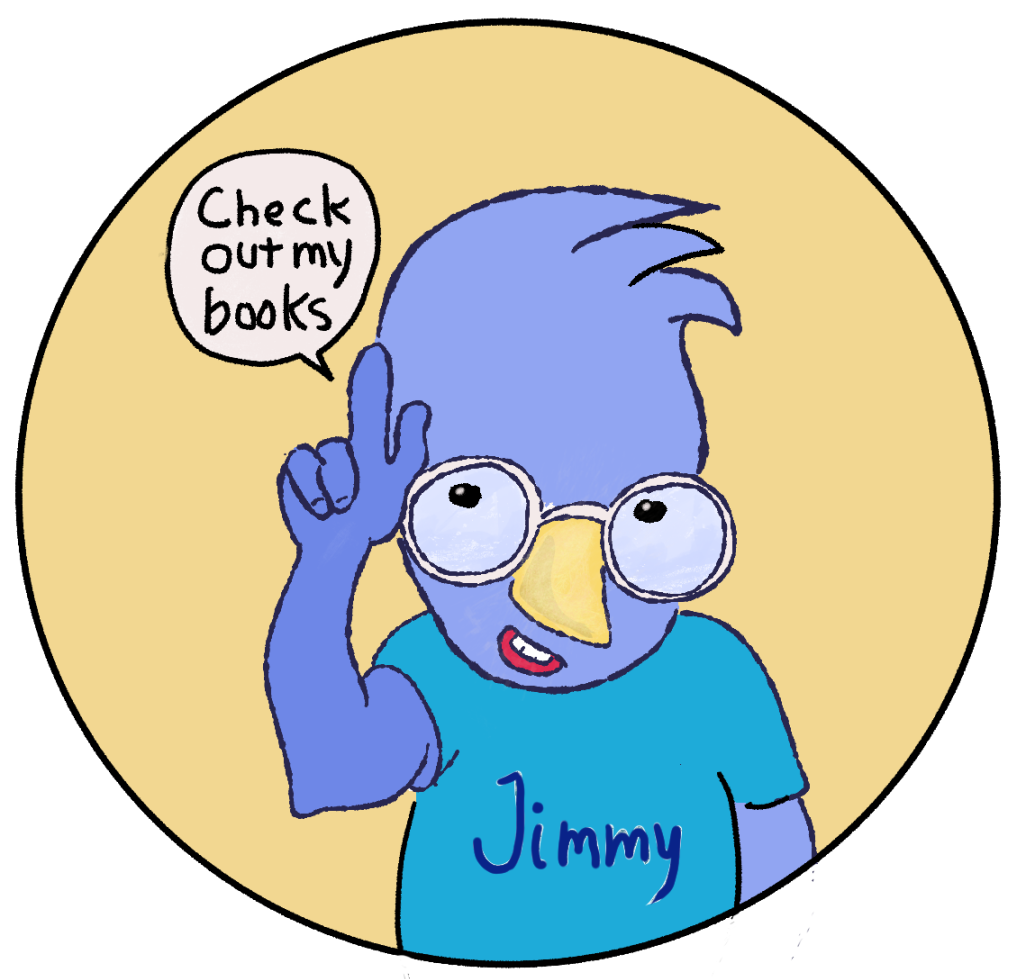Choosing the Cover Image for My Children's Picture Book
/I created some cover image thumbnails yesterday, and today my inch forward consists of flipping my favorite thumbnail horizontally. Sometimes and inch of progress is as slight as reversing an image, but I’ll take it. I’ll complete this image using pen and ink, scan it, then polish it up using my iPad and Procreate. It’s a hybrid process.
Of course, the text needs to be fixed and the bar code moved to the back of the book. Next step beyond having a cover image to pony up the money and ISBN number so I can fit my image into Ingramspark’s Cover Generator. Digression: What a baldfaced ripoff the ISBN system is. If’s an unholy deal with the devil.

